
Step-by-Step Guide: How to Apply Plumbing Tape Correctly
Applying plumbing tape correctly is crucial for preventing leaks and ensuring a secure fit between pipe connections. Follow our guide for the right techniques and common pitfalls to avoid. If complications arise, don’t hesitate to hire a professional plumber to guarantee the safety and integrity of your plumbing repairs.
Plumbing tape, often overlooked, is a small yet mighty tool in the arsenal of DIY plumbing repairs. This thin, adhesive material plays a pivotal role in sealing pipe threads, preventing leaks, and ensuring a tight connection between fittings. Plumbing tape is an excellent tool for creating secure, leak-free connections in your plumbing projects, ensuring a job well done with minimal fuss. However, if the task at hand becomes too complex or if unexpected issues arise, don’t hesitate to call in a professional plumber to ensure the integrity of your plumbing system and peace of mind.
While the process of applying plumbing tape might seem straightforward, there’s an art to it—a few wraps too many or too few, or even in the wrong direction, can mean the difference between a watertight seal and a problematic leak. In this guide, we’ll dive deep into the correct way to apply plumbing tape, addressing common misconceptions and offering a step-by-step approach to mastering this essential plumbing skill.
Whether you’re a seasoned DIY enthusiast or a beginner, understanding how to apply plumbing tape properly can save you from potential water damage and costly repairs. And remember, while DIY solutions are effective for minor fixes, the complexity of plumbing systems often requires the expertise of a professional plumber to ensure the job is done right and your home is protected.
What is Plumbing Tape?
Plumbing tape, commonly referred to as Teflon tape, thread seal tape, or PTFE tape, is a specialized tape used to seal pipe threads in plumbing connections. This tape is made from polytetrafluoroethylene (PTFE), a material known for its low friction and excellent chemical resistance, making it ideal for creating airtight and watertight seals in a wide range of piping systems.
Unlike traditional adhesive tapes, plumbing tape doesn’t actually adhere to the surfaces it’s applied to; instead, it fills in the gaps between threaded pipe connections, preventing water, gas, or air from leaking out. Its versatility makes it a staple in both professional plumbers’ toolkits and home repair kits alike, suitable for use with metal, plastic, and various other pipe materials.
The effectiveness of plumbing tape lies not just in its material properties, but also in its application technique. When wrapped correctly around the threads of a pipe or fitting, the tape compresses and forms a seal as the connection is tightened. This seal can withstand a wide range of temperatures and pressures, making it invaluable in both simple home repairs and complex industrial applications.
Additionally, plumbing tape can prevent the binding or seizing of threads, facilitating easier disassembly and reassembly if modifications or repairs are needed in the future. Despite its simplicity, the correct use of plumbing tape can dramatically extend the lifespan of plumbing systems and reduce the likelihood of leaks and damage.
Tools and Materials You’ll Need To Apply Plumbing Tape
To successfully apply plumbing tape, a few essential tools and materials are required. Firstly, you’ll need the appropriate type of plumbing tape, such as Teflon, PTFE, or thread seal tape, selected based on the pipes’ material and the fluid or gas they’ll carry. Before starting, a clean cloth is necessary to wipe down the threads of the pipe or fitting, ensuring they’re free of any debris, grease, or remnants of old tape. For cutting the tape, have a utility knife or a pair of scissors on hand to achieve a clean cut, which helps in applying the tape smoothly.
Although not directly involved in applying the tape, a wrench may be needed for adjusting the connections before and after the tape application. Optionally, wearing gloves can keep your hands clean and provide a better grip during the process. By gathering these items beforehand, you can ensure a streamlined and efficient application, minimizing potential issues and ensuring a leak-proof seal.
Step-by-step Guide to Applying Plumbing Tape
Applying plumbing tape is a simple yet precise task. Taking the time to do it right can prevent leaks and extend the lifespan of your plumbing connections. If you encounter any issues or if the task seems daunting, don’t hesitate to contact a professional plumber. Their expertise can save you time and ensure your plumbing is leak-free and properly maintained.
Prepare The Threads
First, prepare the threads by thoroughly cleaning them with a clean cloth. It’s crucial to remove any dirt, old tape, or debris to ensure the new tape adheres properly and creates a tight seal. Take a moment to inspect the threads for any damage or wear. Damaged threads may need to be replaced or repaired before proceeding to ensure a successful application.
Measure & Cut Tape
Next, measure the amount of tape needed by holding the end of the plumbing tape against the base of the pipe thread and wrapping it around once lightly. This gives you an idea of the length required to wrap around the thread typically 3-6 times, depending on the size and type of connection. Once measured, cut the tape cleanly using a utility knife or scissors. A clean cut prevents fraying and helps in smooth application.
Apply The Tape
The actual application involves wrapping the tape around the pipe’s threads. Begin by securing the end of the tape at the base of the thread and wrap it tightly in a clockwise direction. This direction ensures that the tape will tighten onto the threads as you screw the connection together, rather than unraveling. Make sure to overlap each wrap slightly, covering all threads without leaving gaps or bulges. The goal is to form a uniform layer that’s neither too thick nor too thin.
Finalize the Application
After wrapping, press down on the tape to ensure it’s seated firmly into the threads. This step is crucial for removing any air pockets and ensuring a seamless seal. Finally, reattach your fitting or connect your pipe, using a wrench if necessary to tighten the connection. It’s important not to over-tighten, as this can strip the threads or damage the seal you’ve just created.
Common Mistake to Avoid
Avoiding common mistakes when applying plumbing tape is key to ensuring a durable and leak-proof seal. Here are some pitfalls to watch out for:
Applying the Tape in the Wrong Direction: One of the most frequent errors is wrapping the tape in a counterclockwise direction. Always wrap the tape clockwise around the threads. This aligns with the direction you’ll screw the pipe or fitting into, preventing the tape from unraveling or bunching up, which could compromise the seal.
Using Too Much or Too Little Tape: Finding the balance in the amount of tape used is crucial. Too little tape may not cover all the threads, leading to potential leaks. Conversely, too much tape can make it difficult to screw the parts together properly and might even cause the threads to cross or strip. Typically, 3-6 wraps are sufficient, but this can vary based on the thread size and type.
Not Cleaning the Threads Thoroughly: Failing to clean the threads before applying new tape can result in a poor seal. Any residue, dirt, or remnants of old tape can prevent the new tape from adhering properly, leaving gaps for leaks to develop. Always start with a clean surface for the best results.
Overlooking Damaged Threads: Attempting to apply plumbing tape to damaged or worn threads is a futile effort. Inspect the threads carefully before application; if they’re damaged, it’s often best to replace the part. Applying tape to compromised threads may temporarily stop a leak but can lead to more significant issues down the line.
Neglecting to Press the Tape into the Threads: After wrapping, some might forget to press the tape into the threads firmly. This step is essential for removing any air pockets and ensuring the tape molds to the shape of the threads, creating a seamless and effective seal.
By steering clear of these common mistakes, you can enhance the effectiveness of your plumbing tape application, ensuring a strong, lasting seal that holds up against pressure and wear.
Professional Plumbing Services Near You
Remember, while applying plumbing tape is a task many can accomplish with a bit of practice, there’s no substitute for professional expertise when facing more complex plumbing challenges. If you ever find yourself in doubt or dealing with a situation that seems beyond your skill level, don’t hesitate to call in a professional plumber. Their experience and knowledge can not only fix the issue at hand but also prevent future problems, ensuring your plumbing system operates smoothly and efficiently.
If you’re in Phoenix and find yourself in need of professional plumbing services, look no further than Semper Fi Heating & Cooling. Not only are we the top-rated Heating & Cooling Company in Phoenix, we also specialize in Plumbing Services to ensure your home has everything it needs to run smoothly. Whether you’re dealing with a tricky leak that requires a skilled hand or planning a major plumbing overhaul, Semper Fi is your go-to source for reliable, efficient, and high-quality service.
Frequently Asked Questions About Plumbing Tape
Can I use any type of plumbing tape for all pipe materials?
Different types of plumbing tape are better suited for different materials. Teflon or PTFE tape is the most versatile and can be used on a wide range of pipe materials including metal and plastic. Always check the manufacturer’s recommendations for the tape to ensure compatibility with your pipe material.
How do I know if I’ve applied enough plumbing tape?
The general rule of thumb is to wrap the tape around the thread 3-6 times, ensuring that it’s snug but not overly tight. The tape should cover all threads without bulging or overlapping excessively. After applying, the threads should still be visible through the tape. If you’re unsure, it’s better to err on the side of caution and hire a professional plumber.
Why do I need to wrap the tape in a clockwise direction?
Wrapping the tape clockwise ensures that when you screw the pipe or fitting into place, the motion tightens the tape around the threads rather than unravelling it. If wrapped counterclockwise, the tape may bunch up or come loose as you tighten the connection, which can compromise the seal.
Table of Contents
Other Blogs You May Be Interested In
Categories
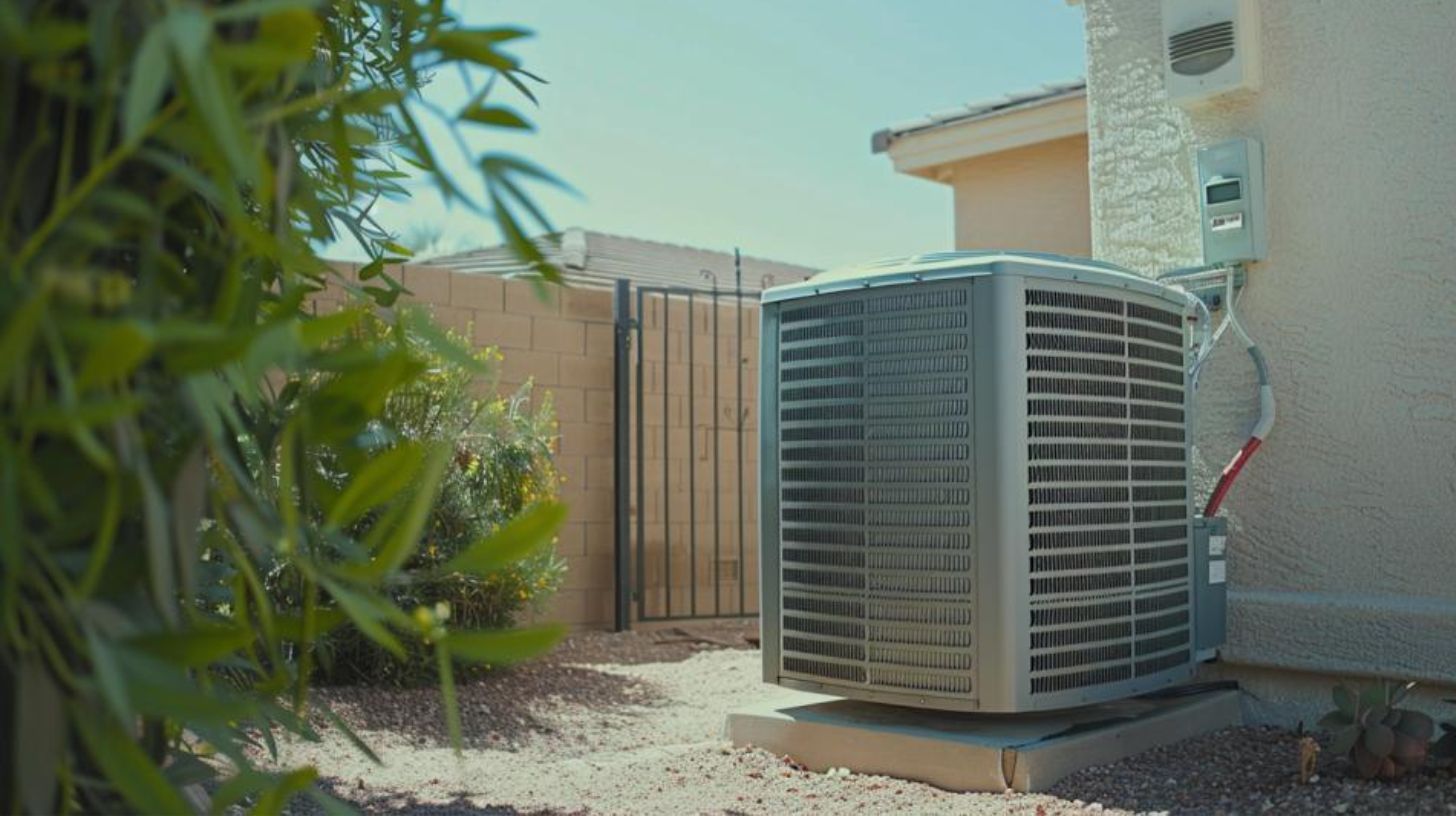
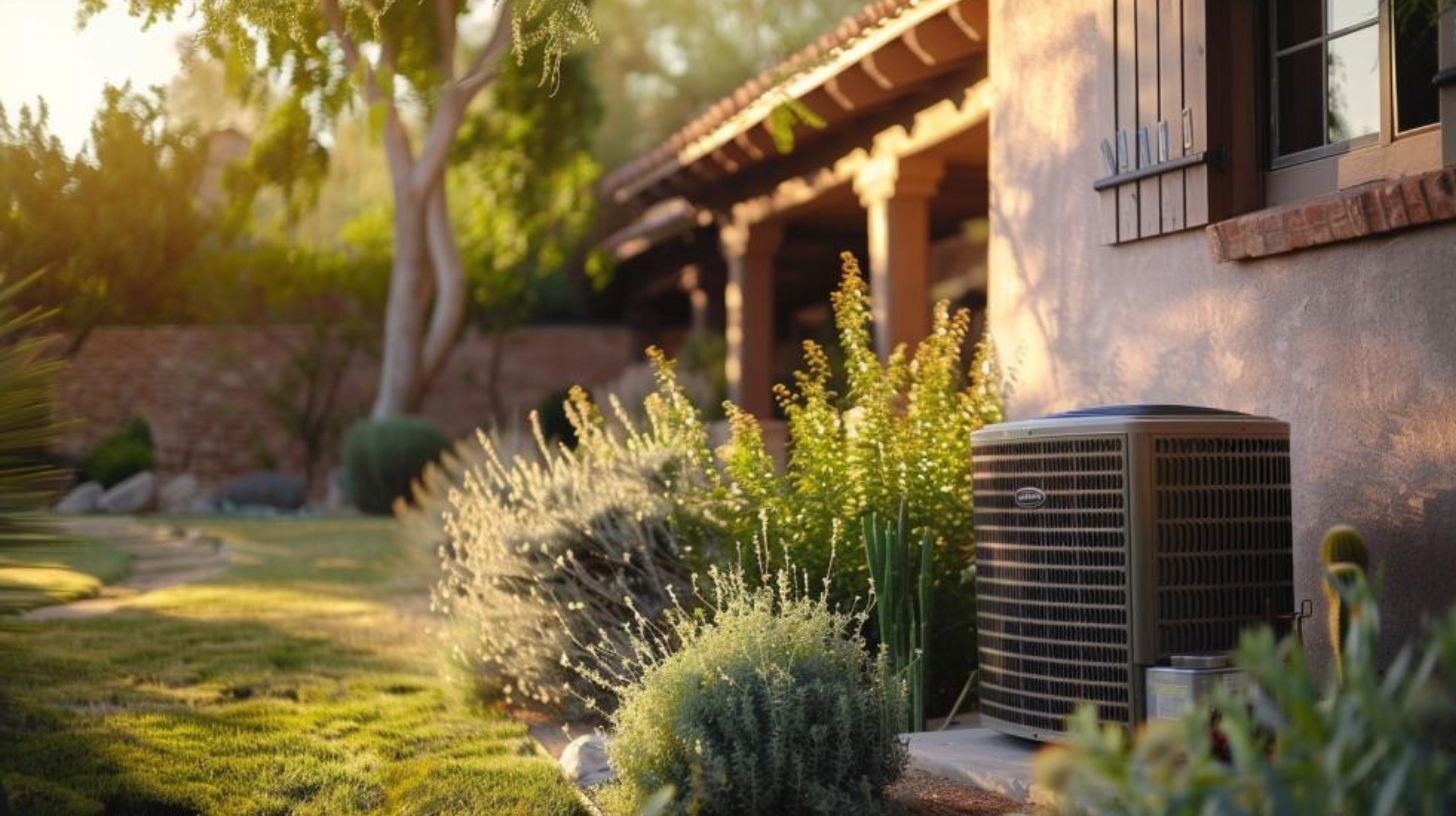
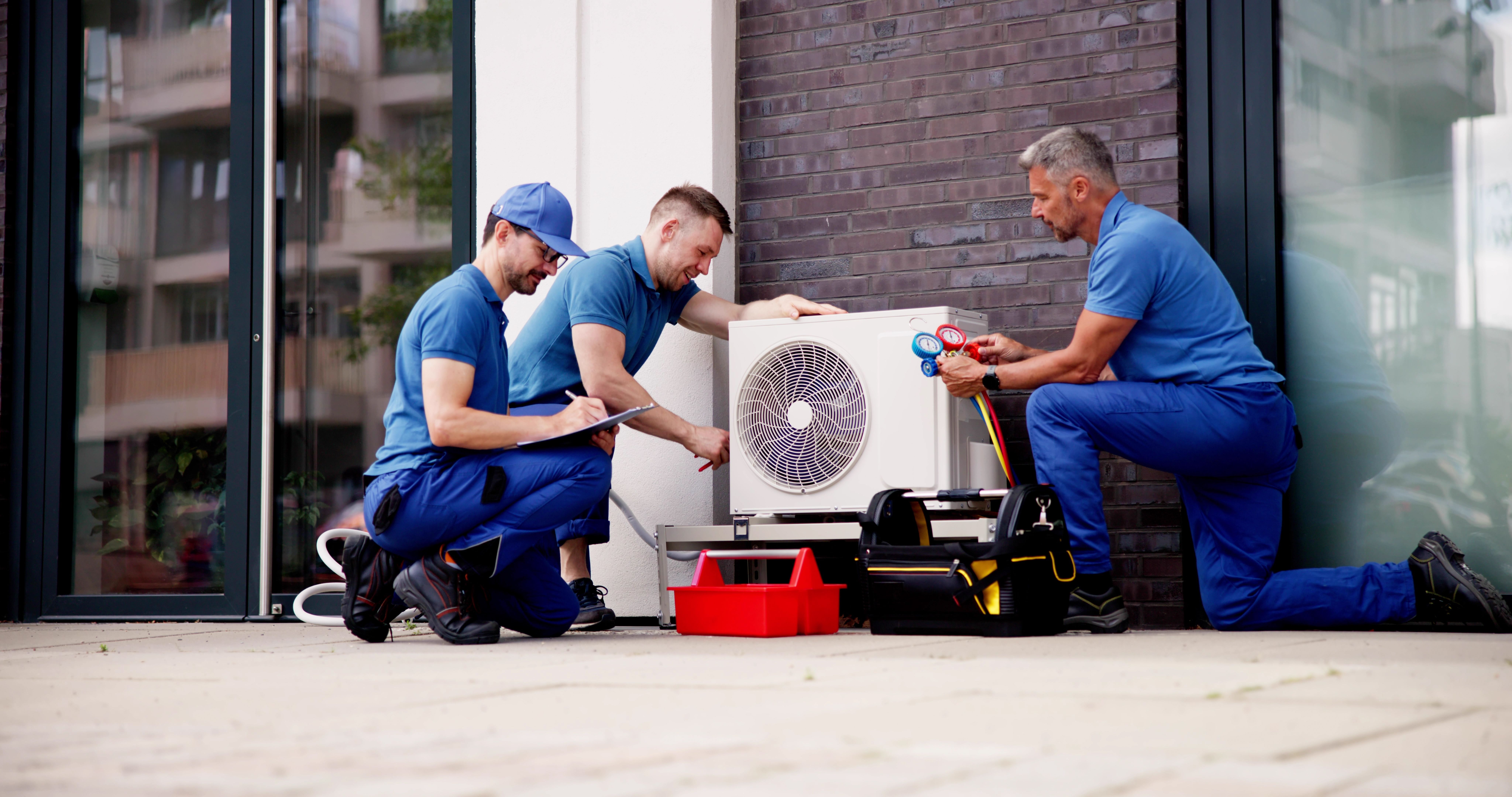
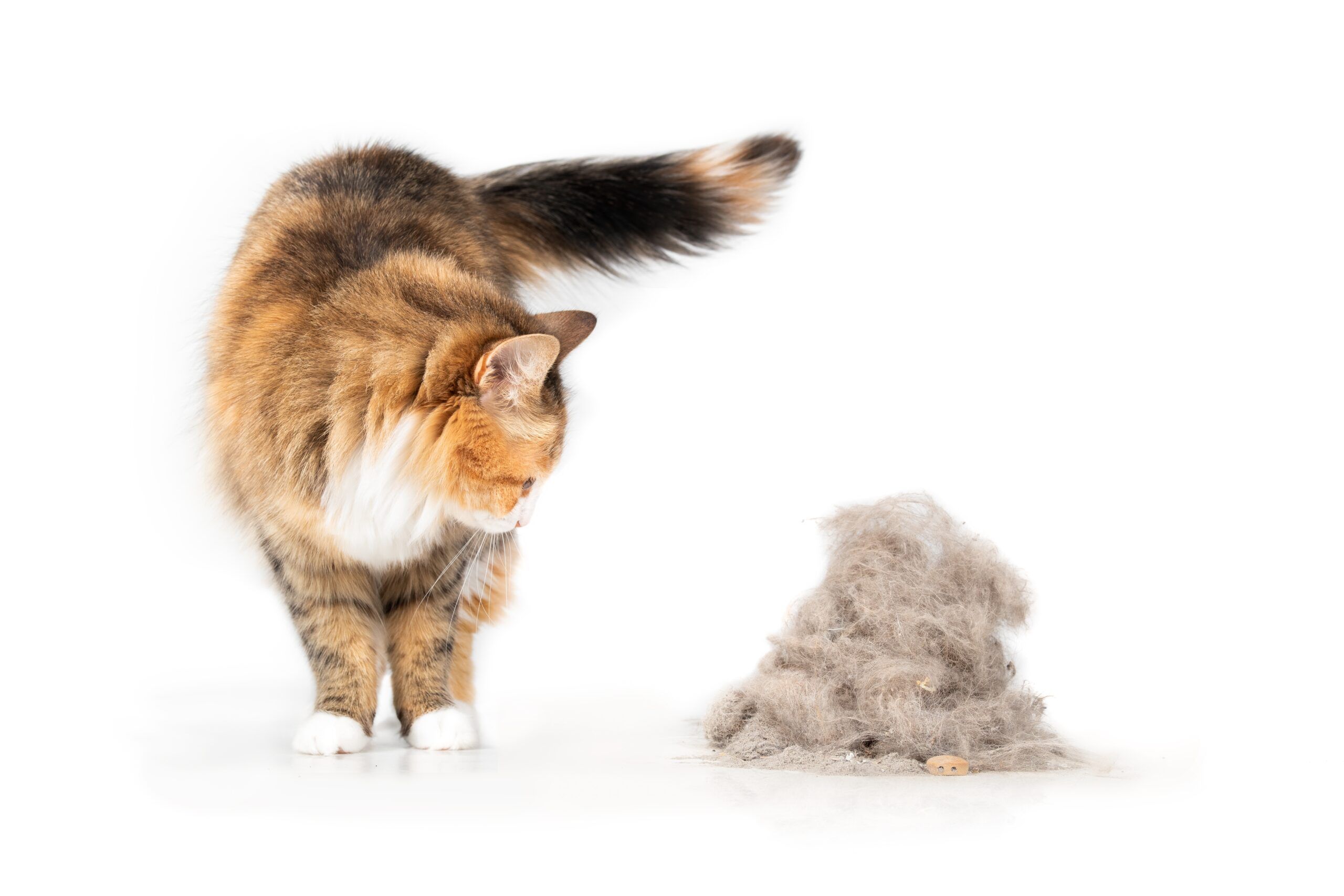

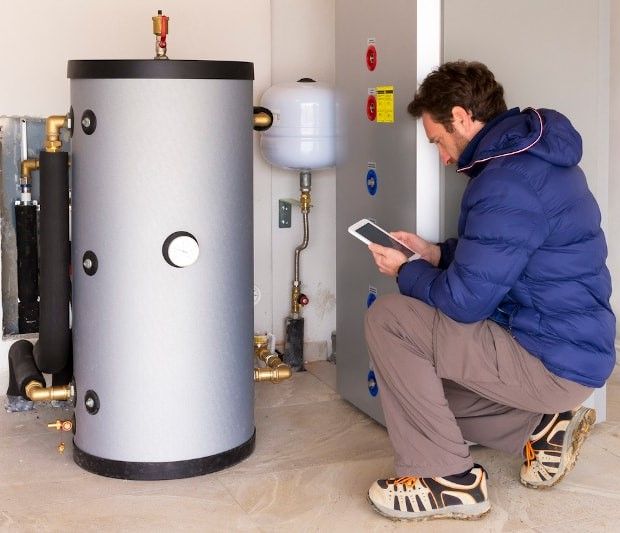
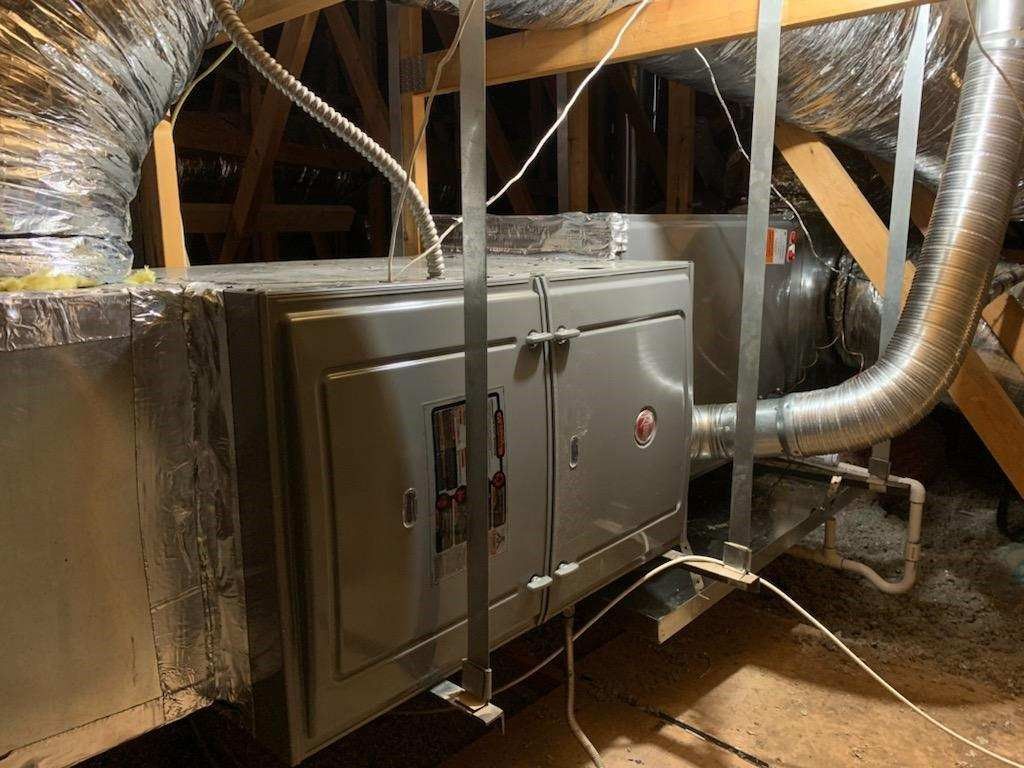

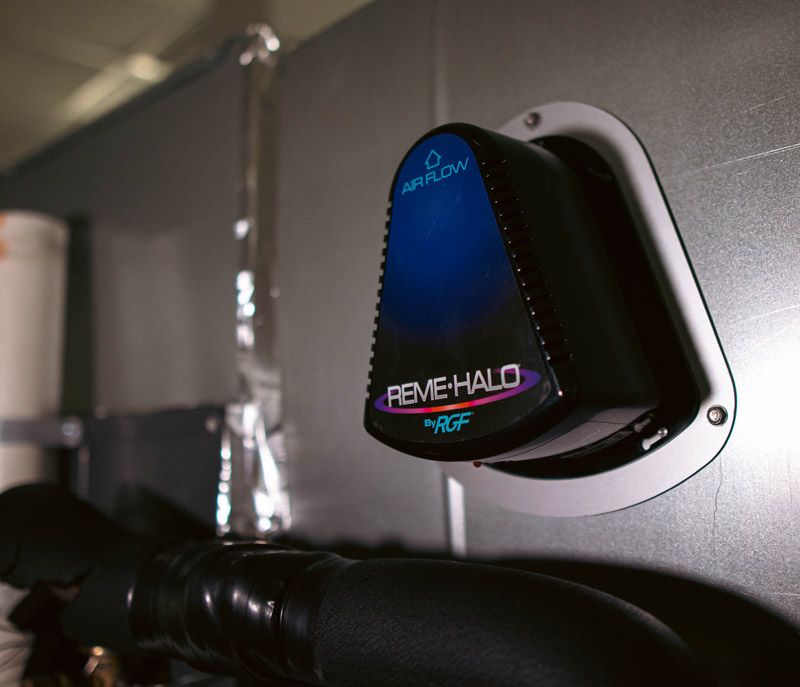
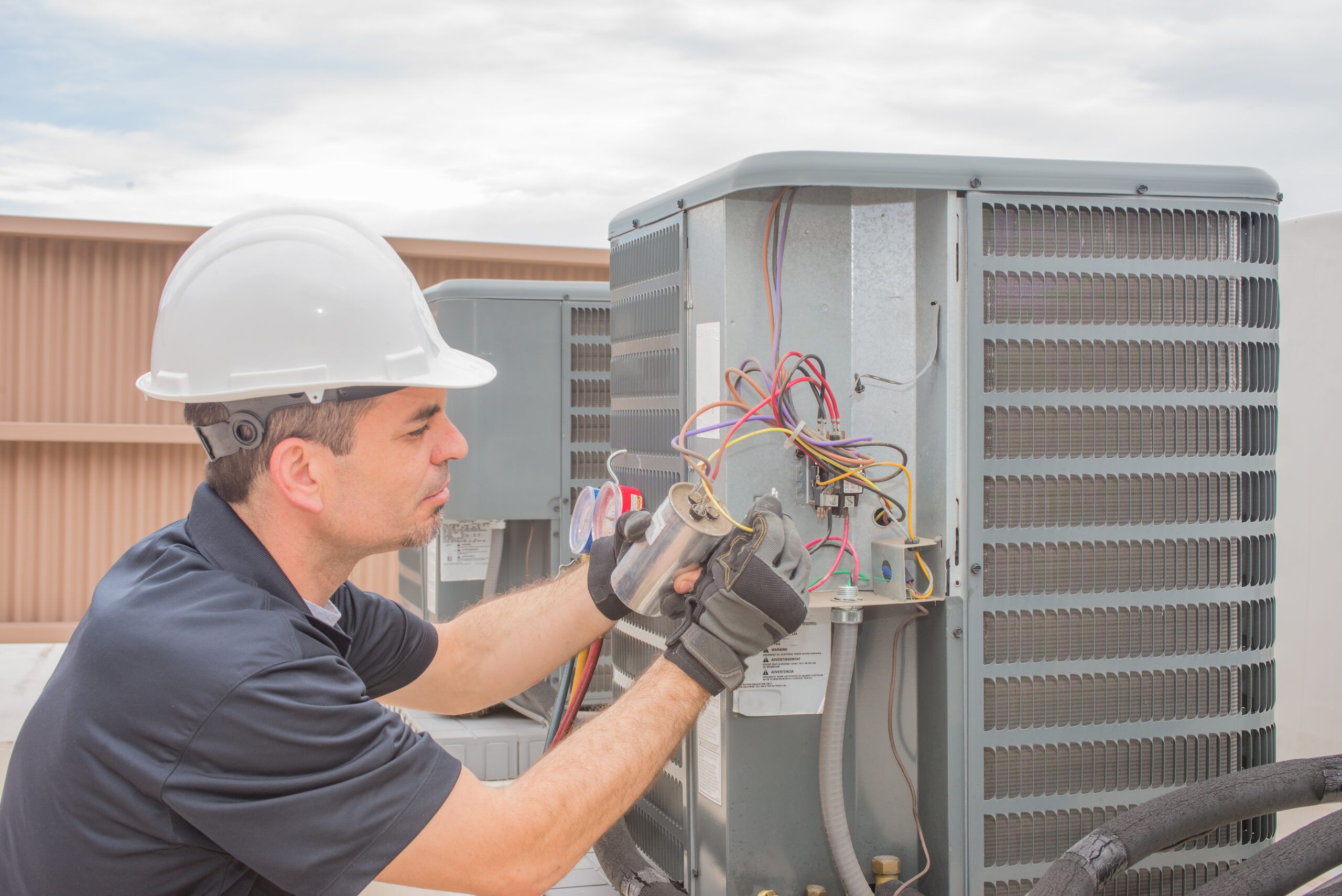

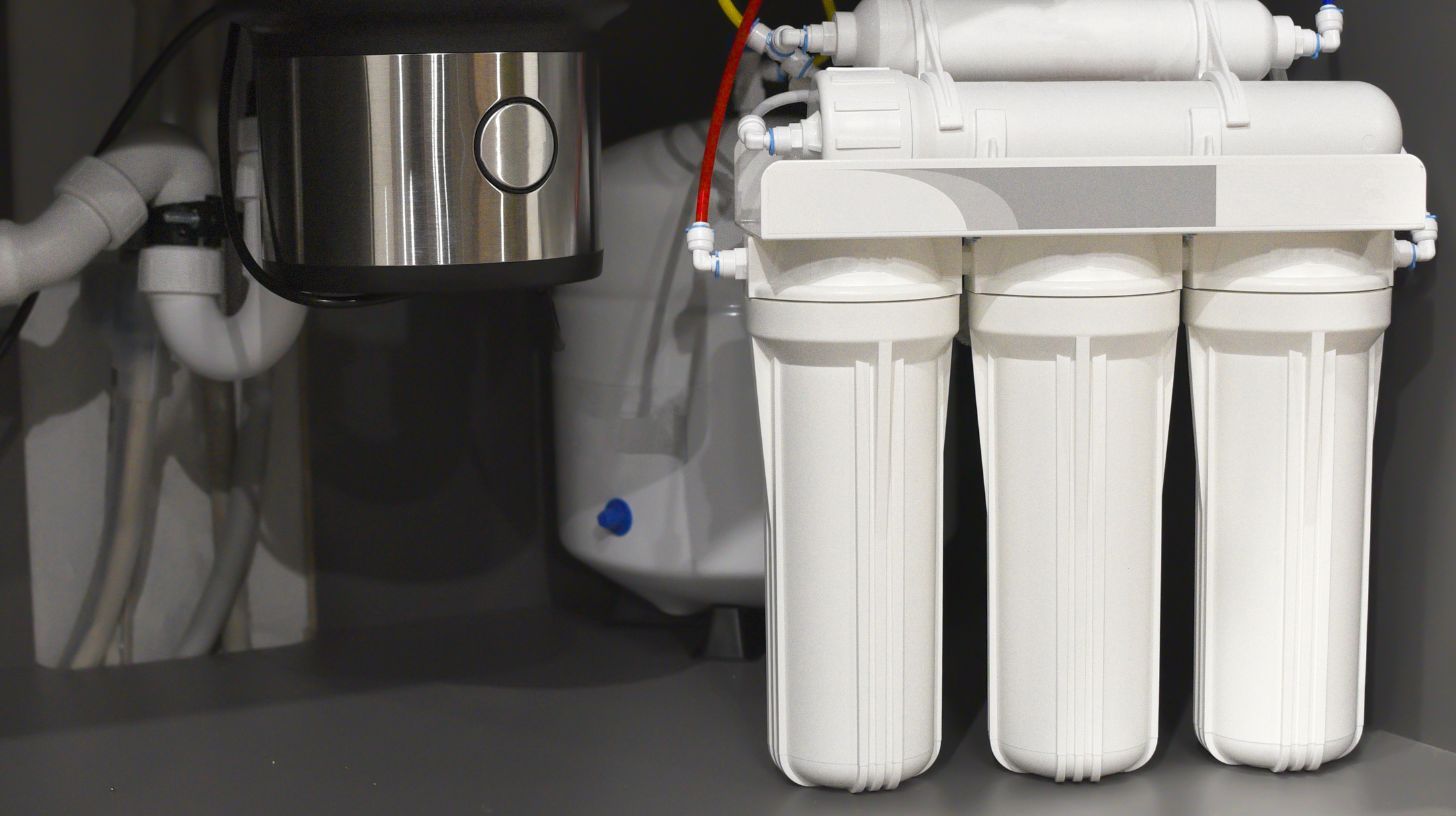
Leave a Reply